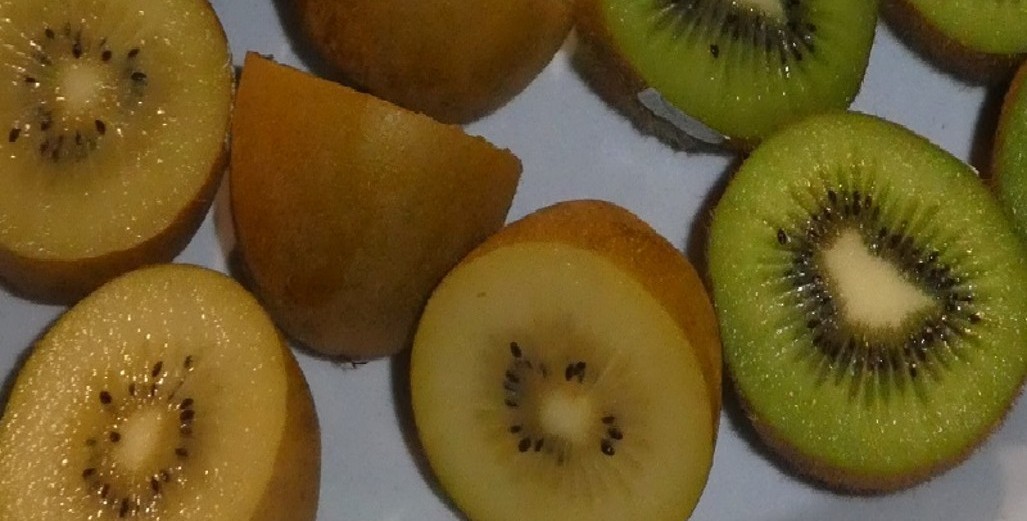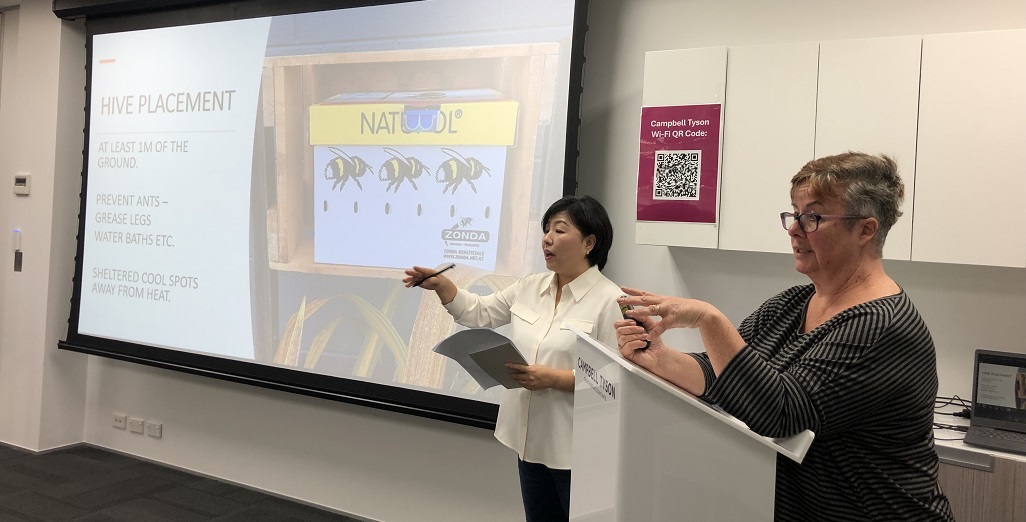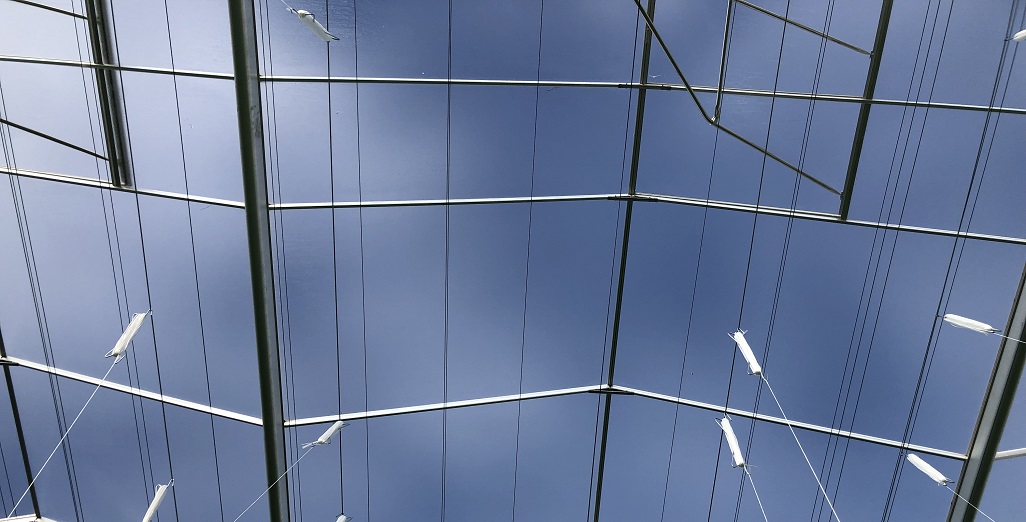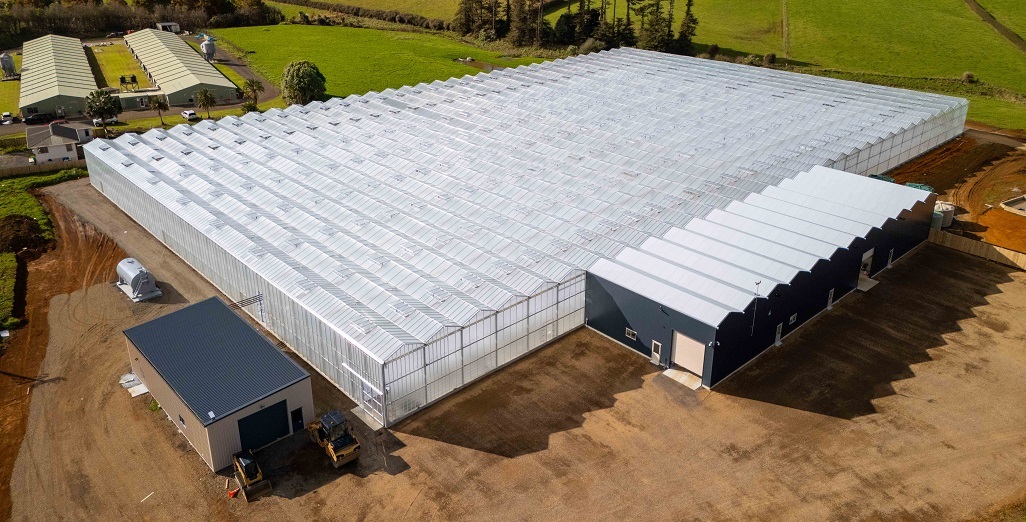Sign up here to subscribe to the Grower2grower Ezine. Every two weeks you will receive new articles, specific to the protected cropping industry, informing you of industry news and events straight to your inbox.
Aug 2021
Kiwifruit needs to at least consider protected cropping

Storage/shelf life an issue this season?
I have been informed, from a reliable source, that some kiwifruit, for domestic supply, has a shorter storage/shelf life this season compared to previous years. The reason indicated is in part to the larger fruit harvested this year, bluntly put because there were increased rain events in some areas fruit swelled and are larger. The previous season, when the fruit was slightly smaller, during a dryer spell the quality and taste was superb. I have no idea if on average the brix levels are up or down for the past two seasons, however, it would be good to know. If anyone has this information, please let us know.
Kiwifruit is NZ highest value horticulture export, making up 38% of total export value. It is staggering and with an export value of over 2.5 billion they are an amazing example of what can be achieved from NZ horticulture. What baffles me is the lack of research into protected cropping of kiwifruit. I think they should consider this to stay ahead of the game.
A comment was made to me, that I have heard before, by a kiwifruit industry worker at the recent Horticulture NZ conference that “honey bees won’t work under cover so pollination will be affected”. I believe that without scientific proof it is just too easy to dismiss this option without ongoing research/proof. The Australians have already been able to understand how to get honey bees to work in protected cropping environments. (Please see related article link below). Honey bees are able to pollinate under plastic as long as the cover does not block the ultra violet light required for the bees to navigate. Since you would never need to fully enclose a kiwifruit block you would certainly have much more natural UV light at the sides and if you required bird netting there would be enough natural UV light penetration on the sides. However, it would be prudent to investigate the types of plastic available to make sure it would not totally block UV light required for the honey bees to navigate.
The other issue as I see it is the height of the structure. I would think that there should be a decent distance between the top of the crop and the lowest point of the plastic structure. There will potentially be a requirement to have breaks between the structures to prevent hot temperature at the centre of the structures. These are minor issues to consider. The other option is for growers to consider a retractable roof system with bird nets inside if required. With the very high value of Gold Kiwifruit this could also be a consideration and worth a feasibility study. It would give the best of both worlds.
The major reason I am posing the idea to use protected cropping for kiwifruit is I wonder if growers may sit on their laurels and before they know it other countries will go down this road and start producing a more consistent quality that will give our international competitors a potential advantage. Protecting your crop will also give you a much higher degree of controlling the soil moisture content and therefore the quality of production. It will also mean you can guarantee harvesting even if it is raining.
Protected cropping for kiwifruit may never be the answer, but ignore the possibilities and it may be an opportunity missed.
news/post/managing-honeybee-foraging-in-enclosed-conditions/
Article written and compiled by Stefan Vogrincic
All Article’s checked and edited by Marie Vogrincic
I appreciate your comments. Please feel free to comment on the grower2grower Facebook page:
https://www.facebook.com/StefanGrower2grower/
CLASSIFIED
Subscribe to our E-Zine
More
From This Category

Tomato grower applies Tobre after contamination

KWS inaugurates new R&D facility in Uberlândia, Brazil

John van Santen joins the management of Metazet

Workshop for Auckland’s Korean tomato growers held last week

Could the Global Boom in Greenhouses Help Cool the Planet?

























